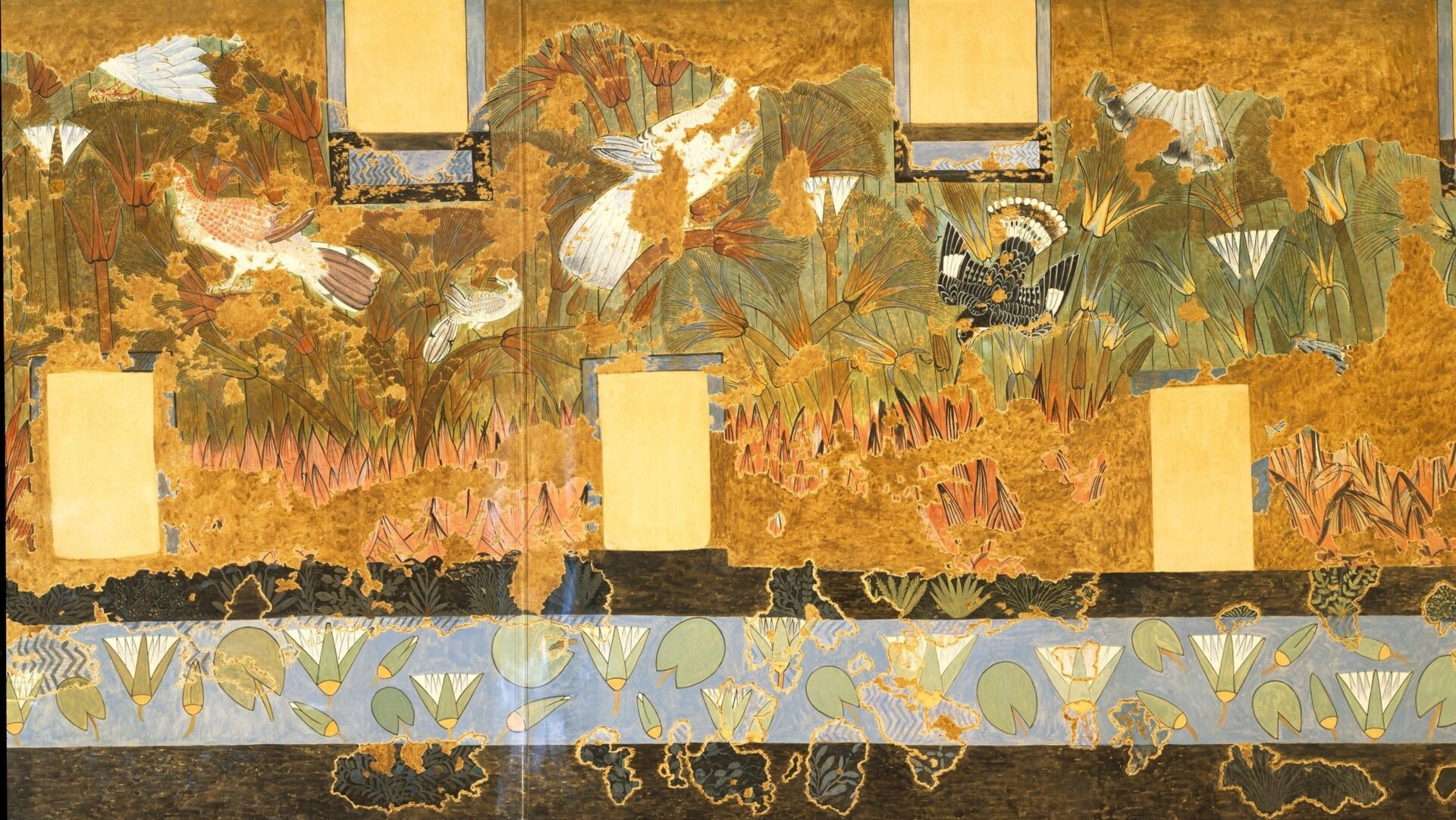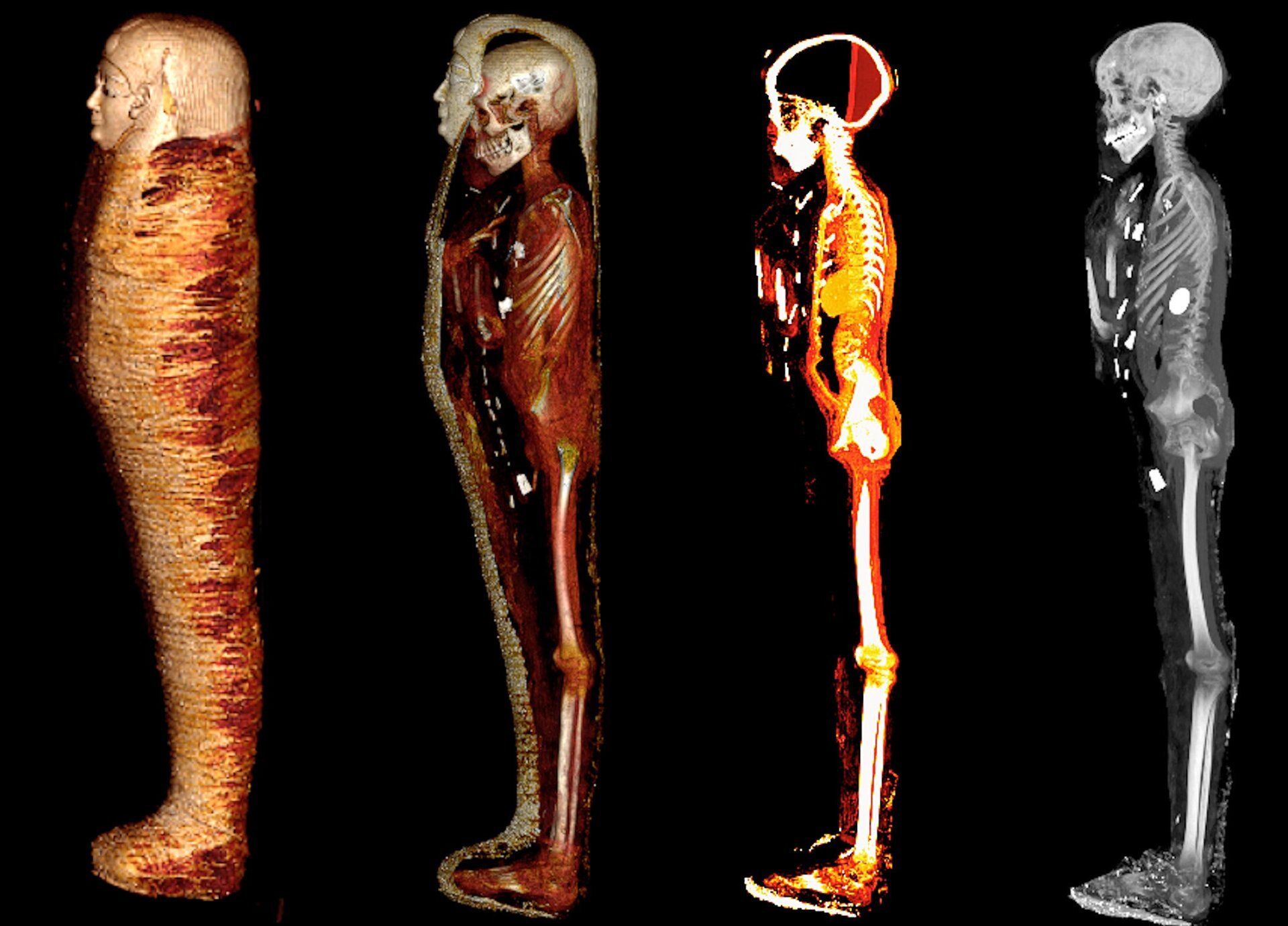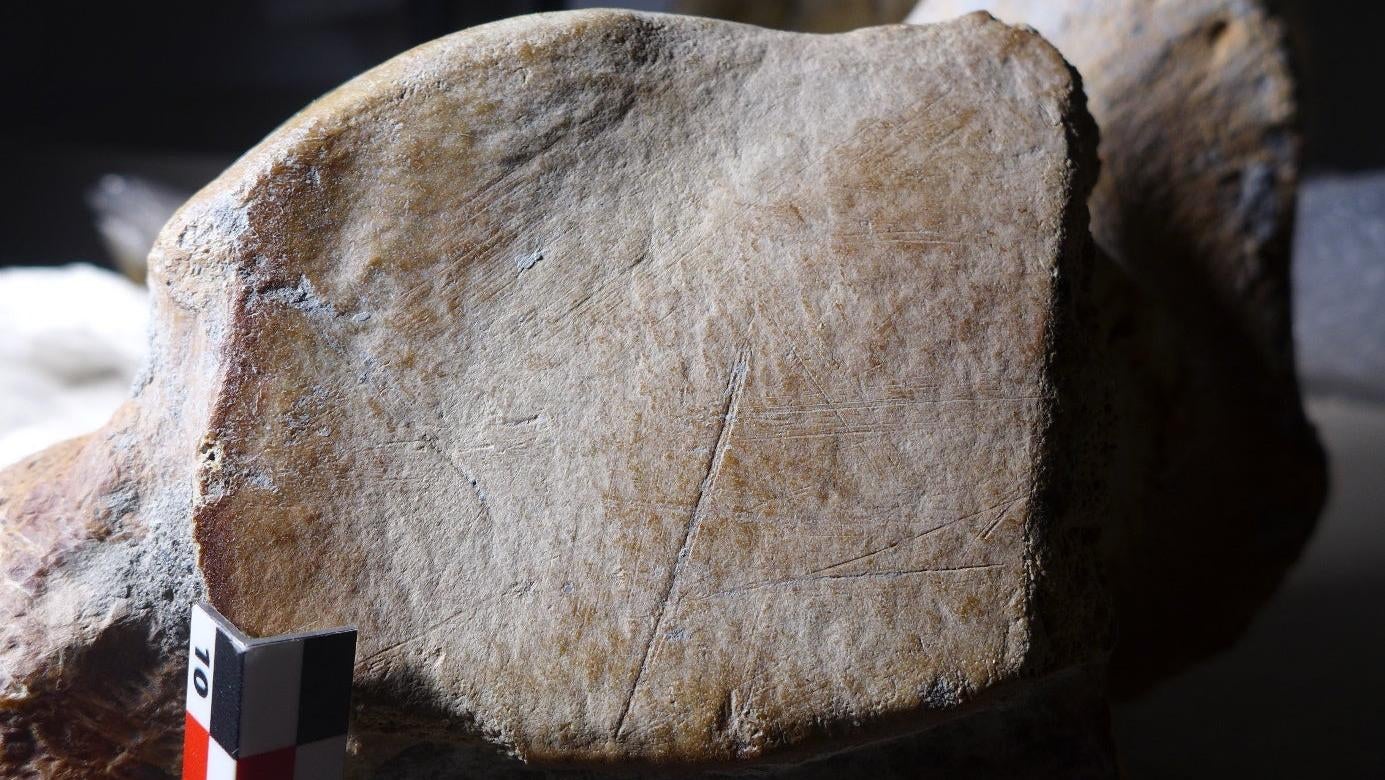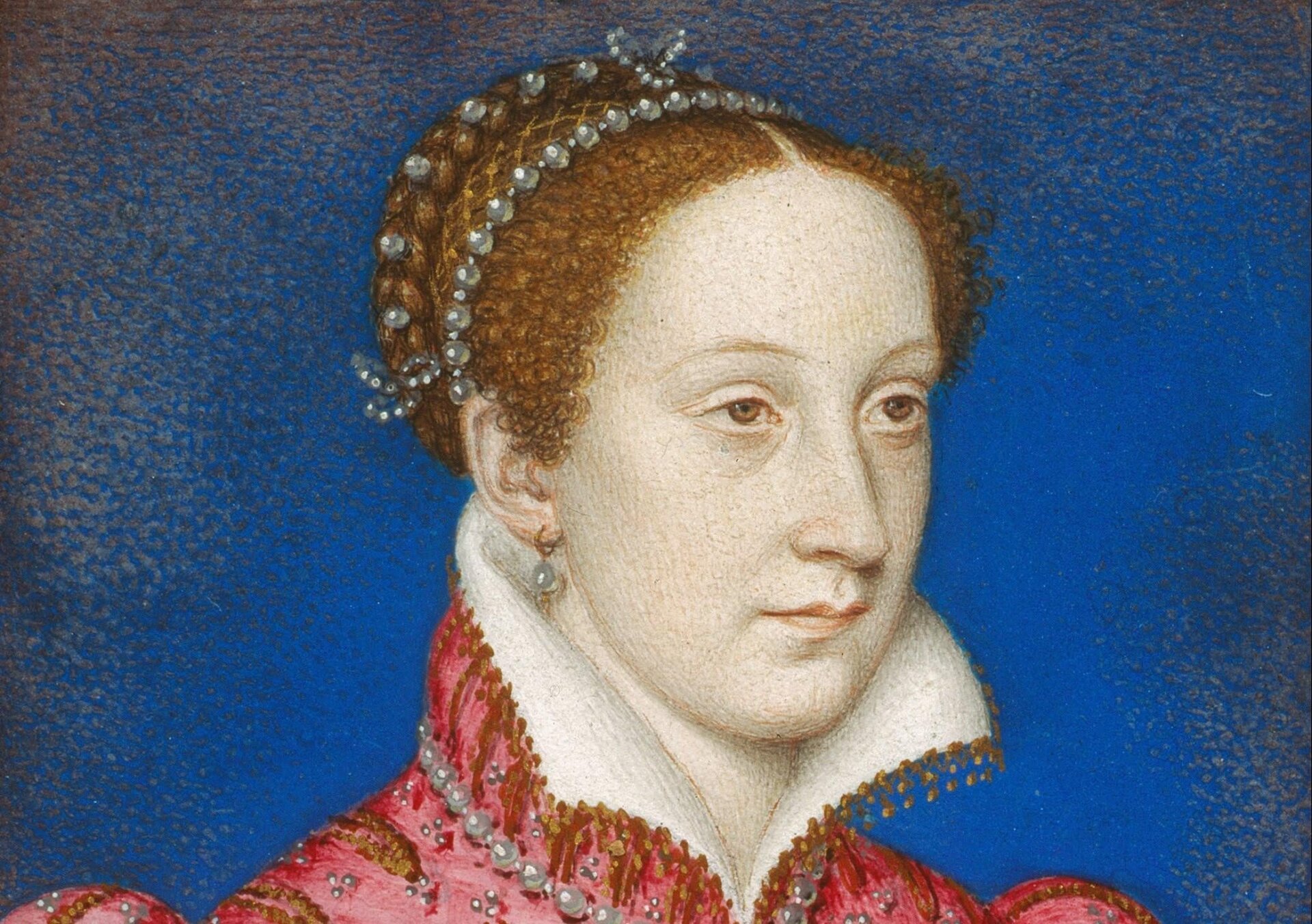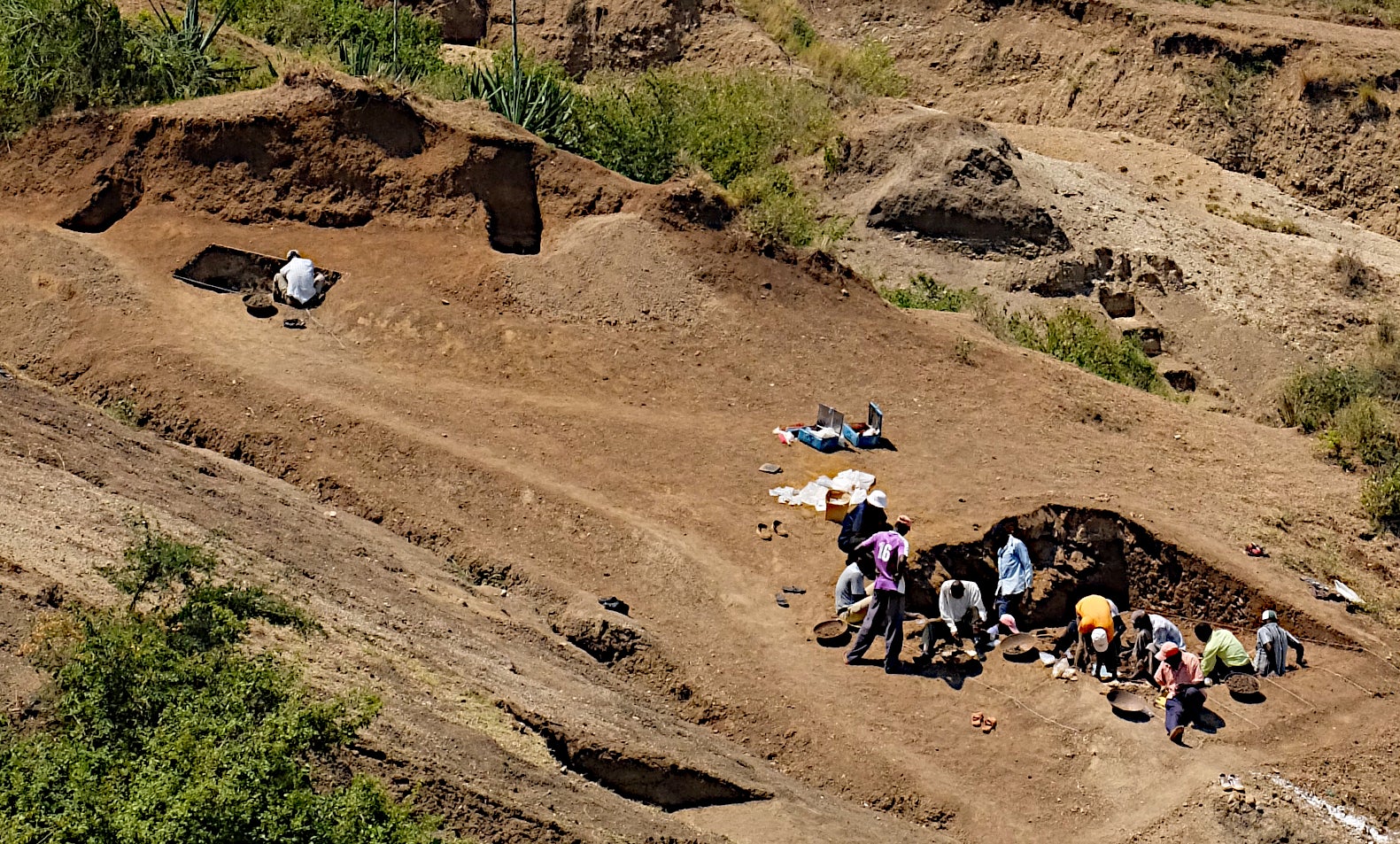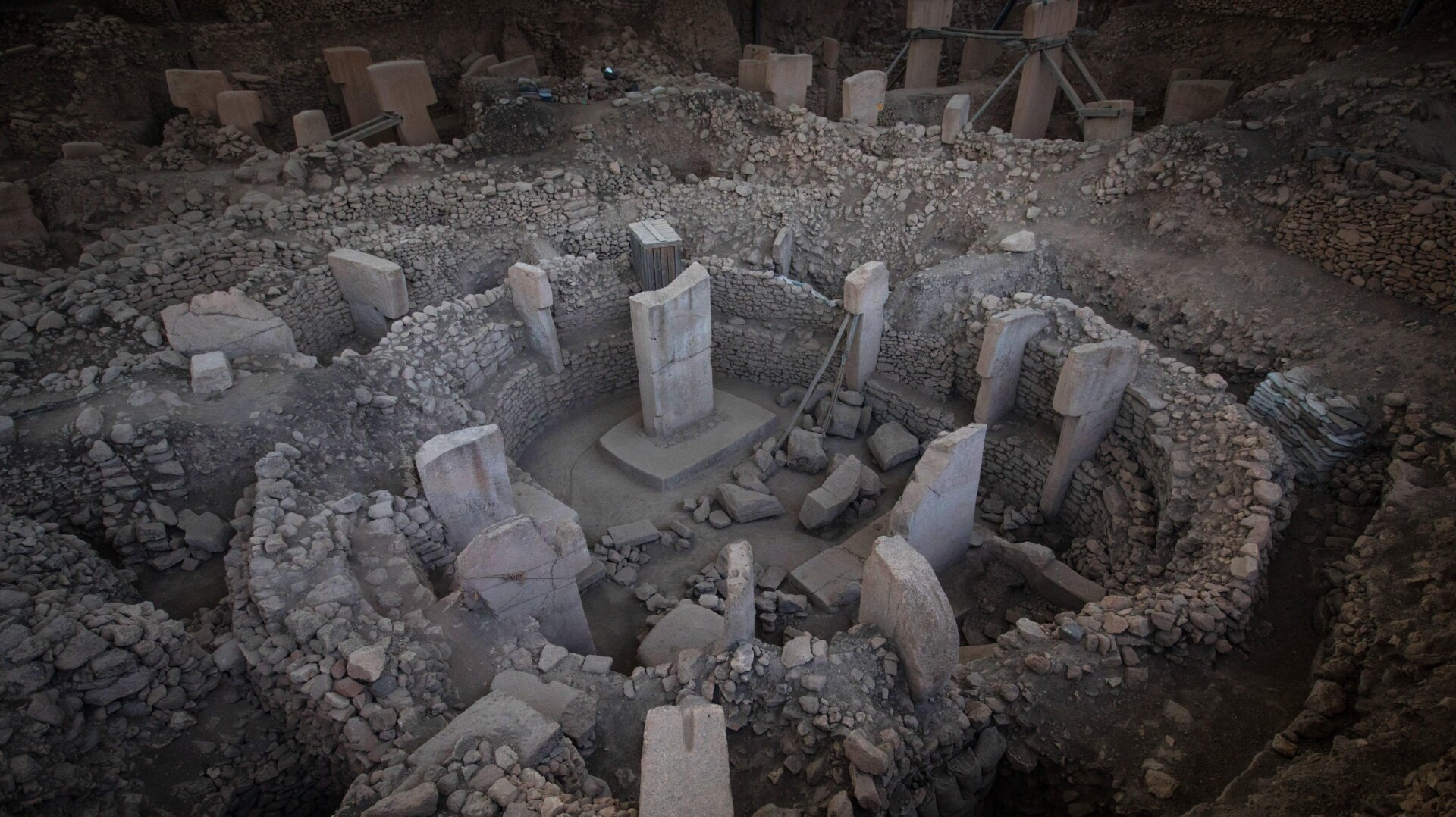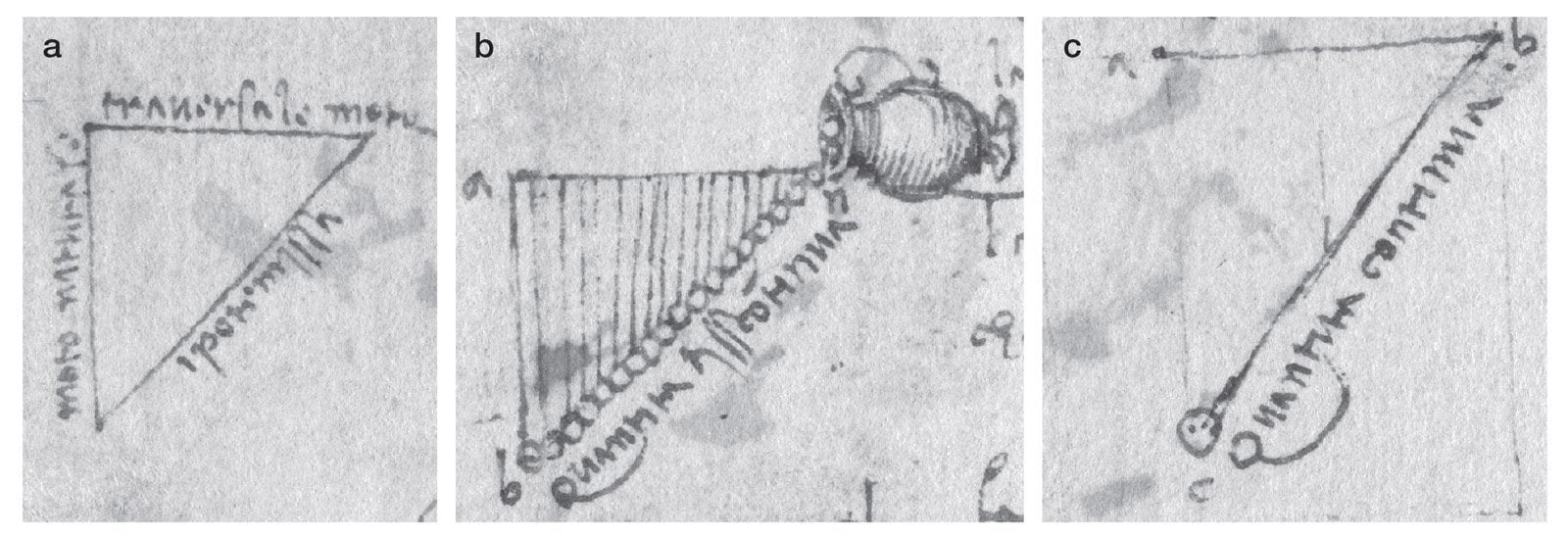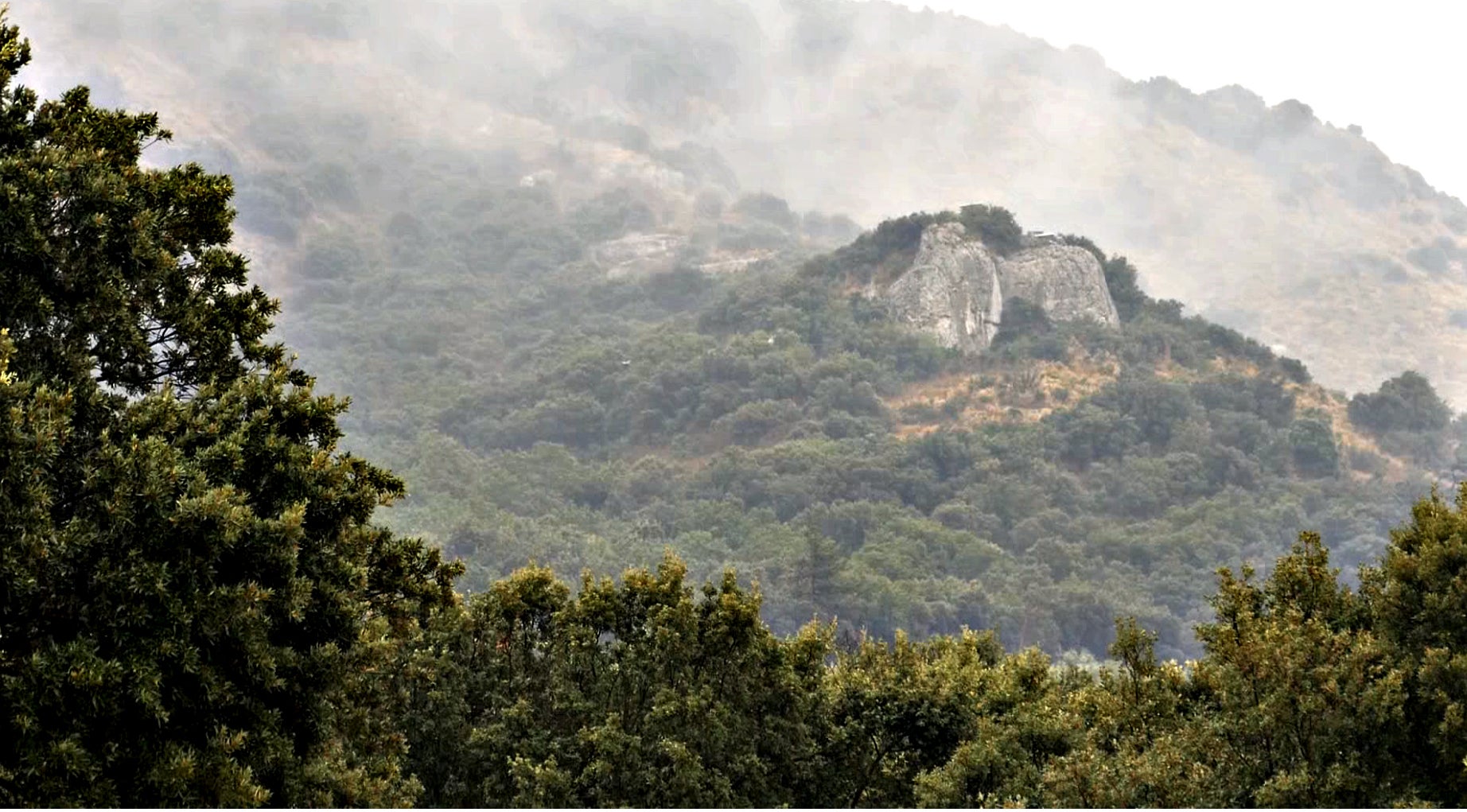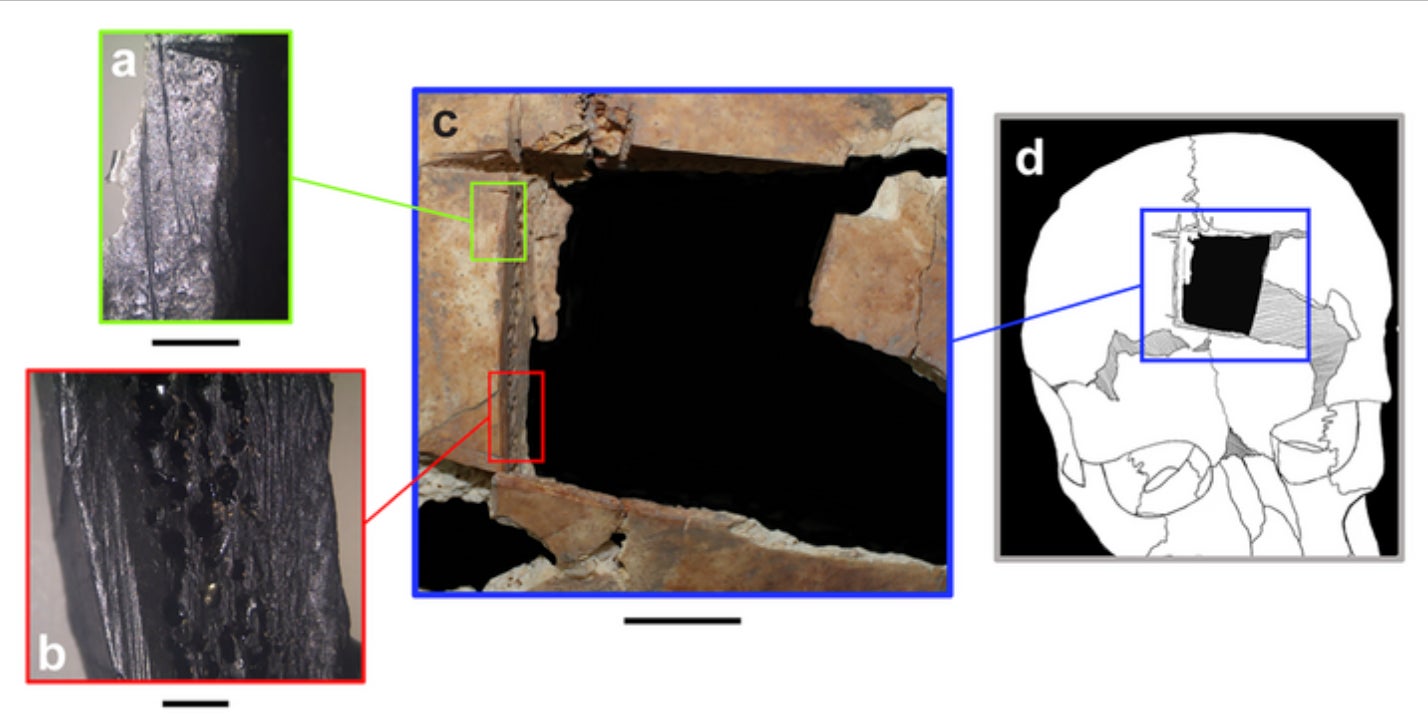Researchers have identified several bird species depicted in remarkably realistic wall paintings from the North Palace at Amarna, the ancient Egyptian capital. These paintings, recreated in the 20th century, offer a unique glimpse into the avian life of the region over 3,300 years ago.
The study, published in the journal Antiquity, focuses on facsimiles of wall paintings from the Green Room of the North Palace. Originally discovered in the 1920s, the paintings were meticulously copied by Nina de Garis Davies, who, along with her husband Norman, documented a vast collection of Egyptian art. Amarna, the capital of Akhenaten, Tutankhamun’s father, is known for its unique religious history, marked by Akhenaten’s devotion to the sun god Aten, a departure from traditional Egyptian polytheism.
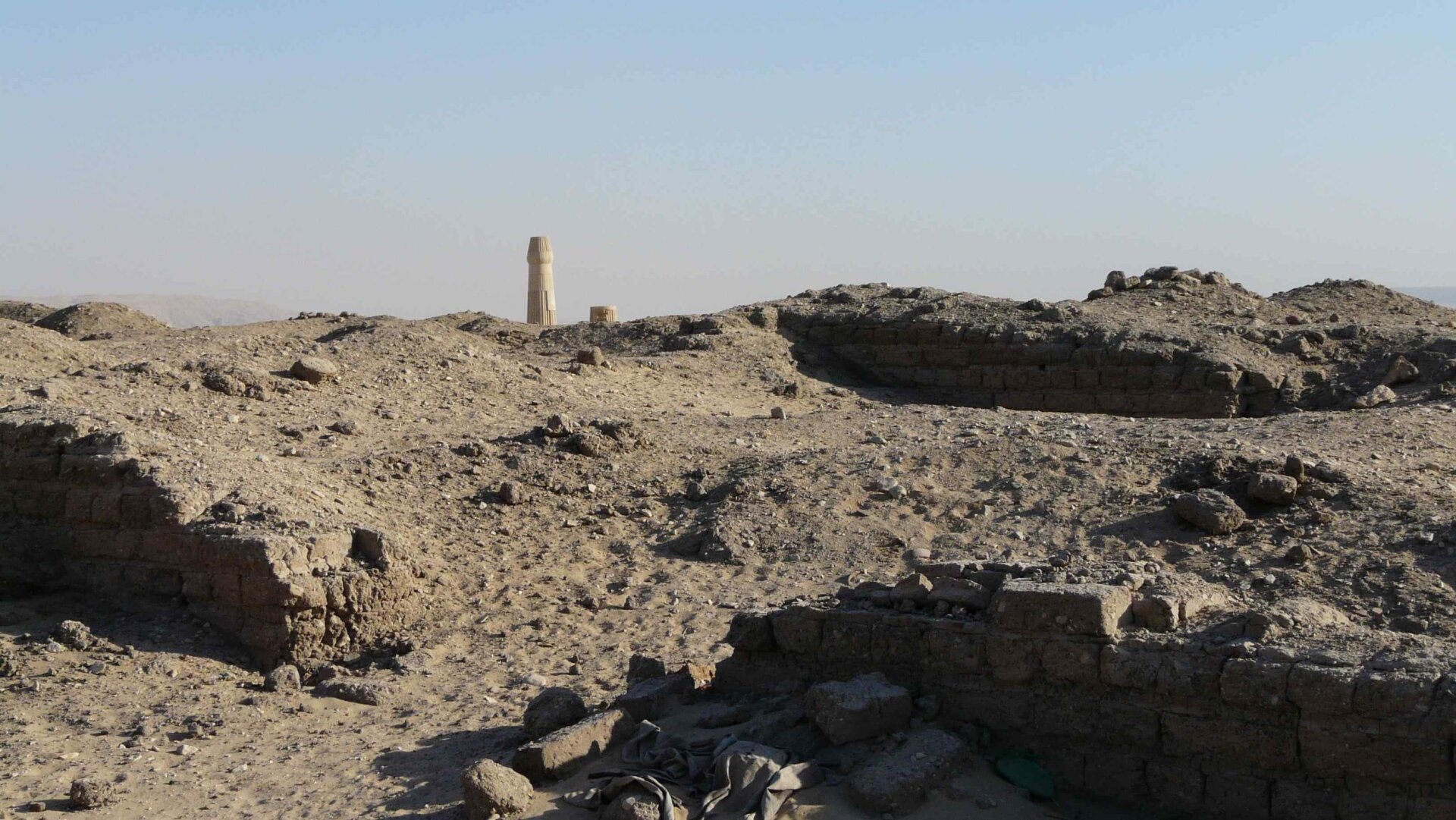 The ancient city of Amarna.The ancient city of Amarna. Image: Wikimedia Commons
The ancient city of Amarna.The ancient city of Amarna. Image: Wikimedia Commons
Identifying the Avian Subjects
The Green Room paintings are exceptional for their naturalism and skillful rendering, a significant departure from typical ancient Egyptian art. The lifelike depictions allowed researchers to identify specific bird species, including the pied kingfisher (Ceryle rudis), the rock pigeon (Columba livia), and palm doves (Streptopelia senegalensis). Another bird in the painting may be a reddish turtle dove or a shrike.
A Habitat Puzzle
Interestingly, rock pigeons are depicted among papyrus plants, a wetland habitat not typically associated with these birds. Researchers suggest this could indicate the pigeons inhabited a wider range of environments than previously thought or simply represent an artistic liberty, a “fanciful” portrayal of the birds in an unusual setting.
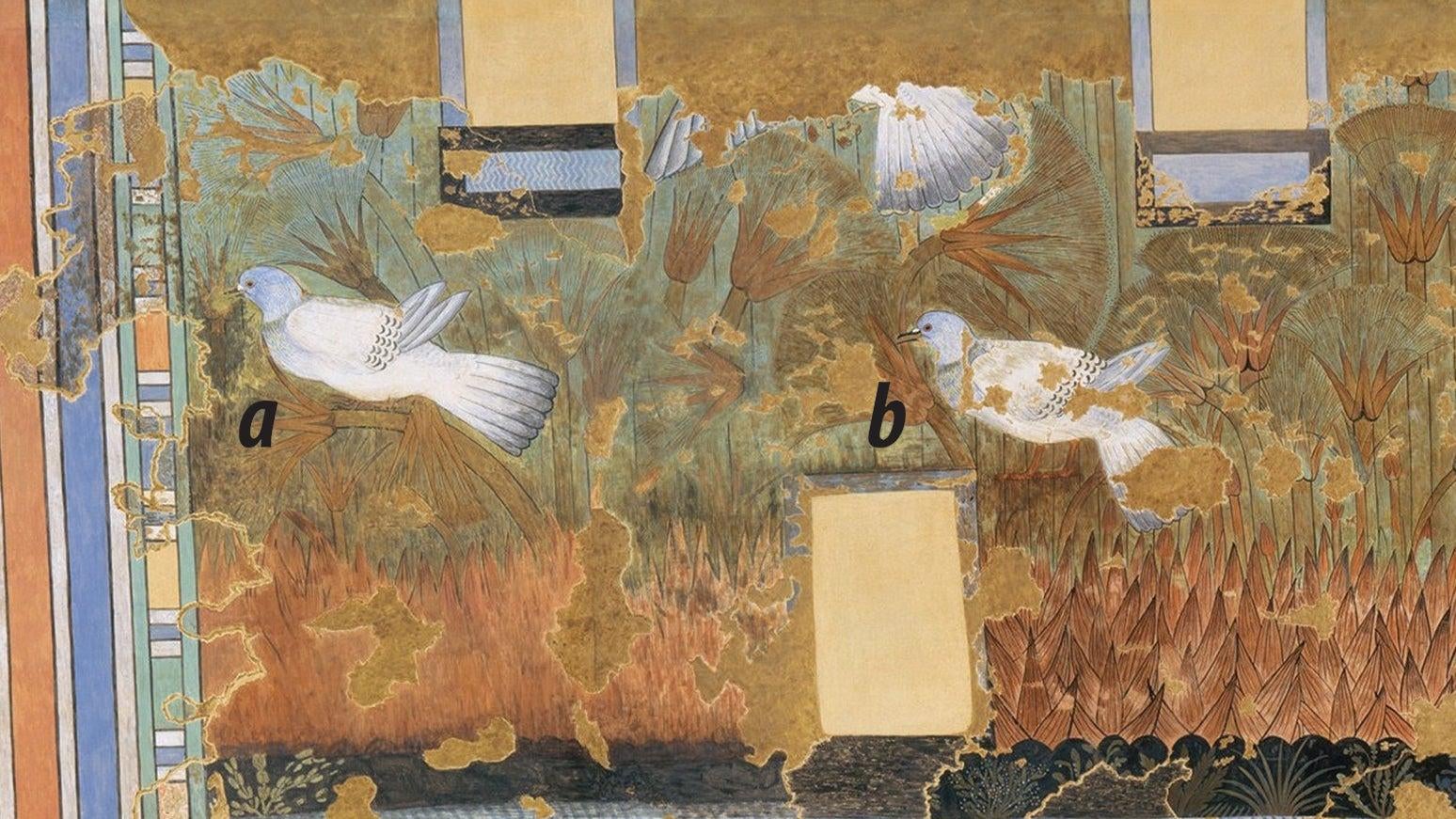 Rock pigeons in the facsimile paintings.Rock pigeons in the facsimile paintings. Image: Stimpson et al., Antiquity 2022
Rock pigeons in the facsimile paintings.Rock pigeons in the facsimile paintings. Image: Stimpson et al., Antiquity 2022
The Fate of the Originals
Sadly, the original Green Room paintings are no longer in their pristine state. Attempts to preserve the panels resulted in discoloration and darkening of the artwork. According to Egyptologist Barry Kemp, co-author of the study, reburying the rooms in sand was the only viable preservation method. However, this was not pursued due to concerns, perhaps exaggerated, about potential damage from local residents.
Facsimiles as a Window to the Past
Fragments of the original paintings are now scattered across various museums, including those in Cairo and London. However, the 20th-century facsimiles remain the most complete and accurate representation of these remarkable artworks, offering invaluable insights into the avian diversity of ancient Amarna. They serve as a vital resource for researchers studying the natural world of ancient Egypt.
Conclusion
These ancient Egyptian murals from Amarna provide a rare and detailed look into the birdlife of the region during the reign of Akhenaten. The meticulous detail and lifelike representation allow for species identification and raise intriguing questions about the habitats of these birds thousands of years ago. While the original paintings are sadly deteriorated, the carefully crafted facsimiles ensure these vibrant depictions of ancient avian life are preserved for future study and appreciation.



